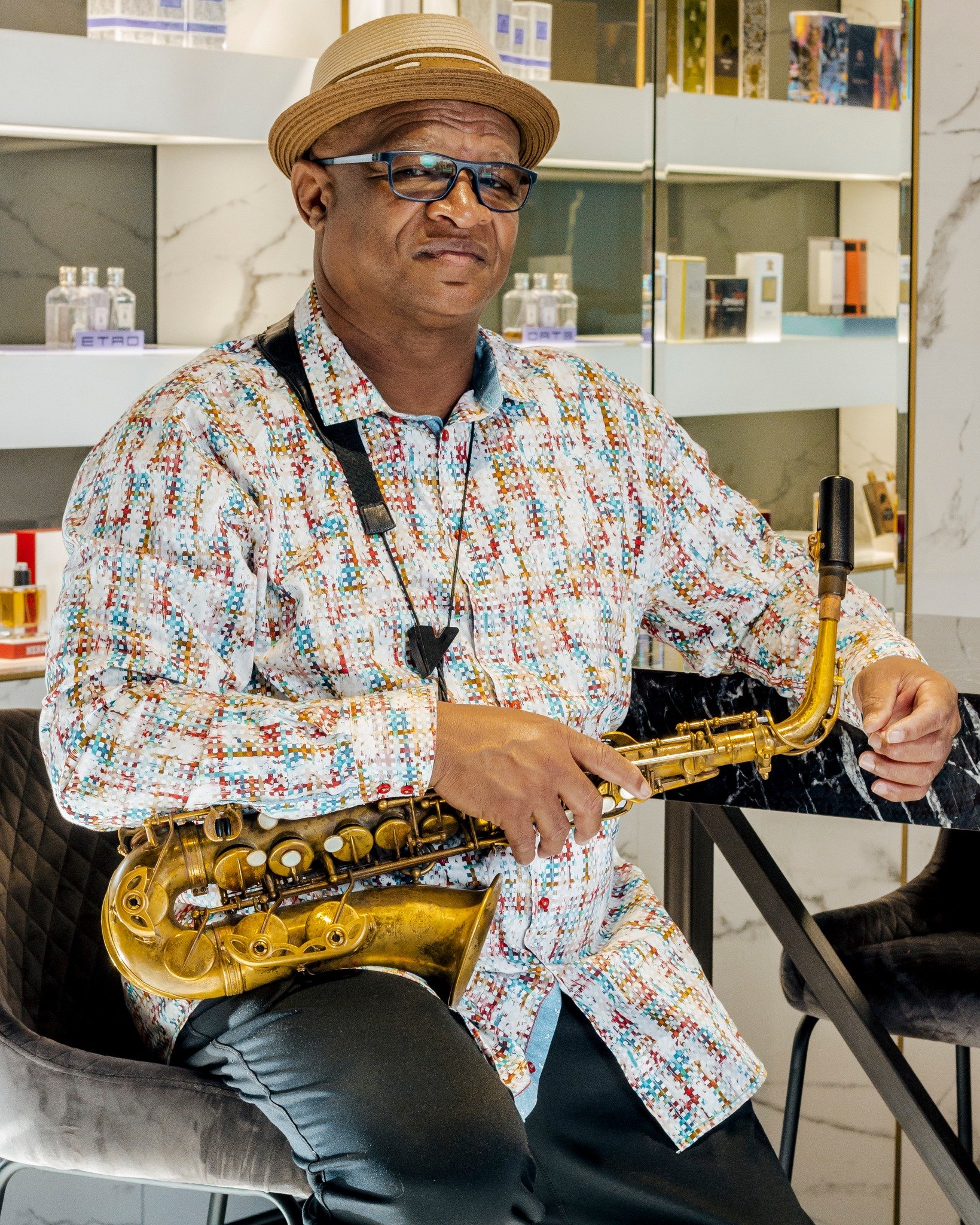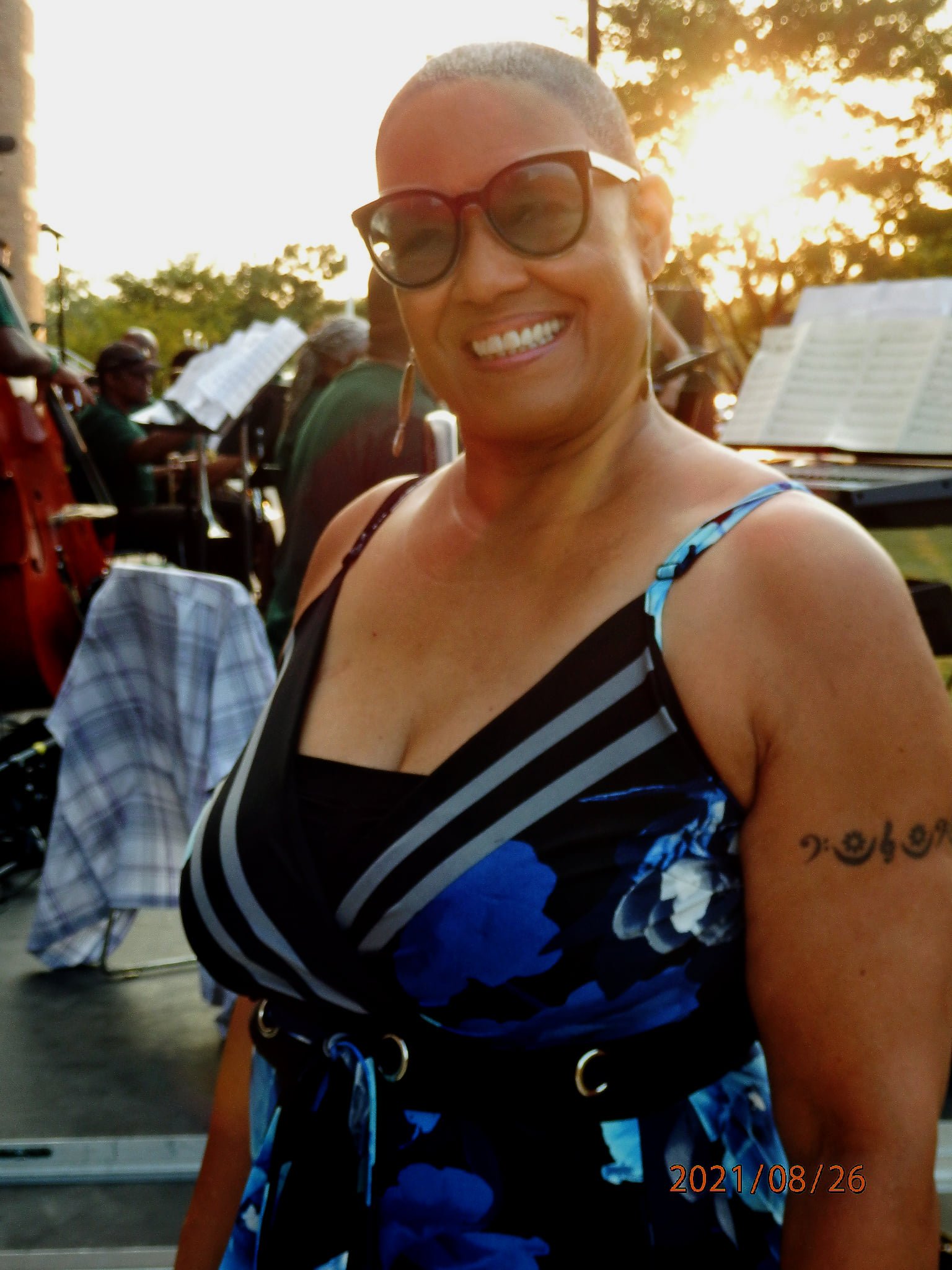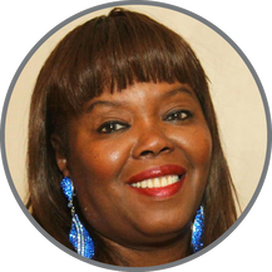Southsiders Stand UP!!!




Past, present, and future of jazz on the South side discussed at the Englewood Jazz Festival
What once worked, what is/is not working now, and why, were among multiple issues discussed during “Black South Side Jazz Presenters,” a panel discussion held at the 25th Annual Englewood Jazz Festival. Moderated by Zakiya Fola, programs and operations manager for the Jazz Institute of Chicago, participants included Sandra Bivens, executive director, 51st Street Business Association; Ernest Khabeer Dawkins, executive director, Live the Spirit Residency (LTSR), and Margaret Murphy-Webb, executive director, South Side Jazz Coalition.
Fola, a former trombonist whose purpose today centers on advocating for jazz musicians, began by asking, “How has jazz reflected the history and culture of the South side?”
Murphy-Webb – whose organization hosts monthly concerts at Saint Moses the Black Parish; past participants have included Bill McFarland and Pharez Whitted -- recounted how the Great Migration of Black people from Southern states to Chicago birthed numerous jazz and blues clubs on the South and West sides. These clubs were electrified through performances by, among others, Buddy Guy and Muddy Waters, securing a legacy documented and enshrined in history. (According to the National Archives, this 60-year migration to Chicago, and other Midwestern locations, began in 1910 and numbered about six million people.)
As chronicled in encyclopedia.chicagohistory.org: “At night they could go out and hear some of America's best rhythm and blues musicians. The Chicago blues scene dated back to the 1930s, but in 1948 Aristocrat records broke new ground and set the tone for rhythm and blues for the next 10 years with the release of Muddy Waters's ‘I Can't Be Satisfied.’ Throughout the 1950s Aristocrat, which became the famous Chess Records label, pumped out a steady supply of R&B hits with some of the nation's most popular artists, including Little Walter, Jimmy Rogers, and Howlin' Wolf.”
But this legacy is disappearing, Murphy-Webb stated to the audience assembled at Hamilton Park, because music education is not taught in the schools. Children do not appreciate live music, nor do they play instruments due to this exposure deficiency.
“The parents don’t understand it, either. If you did, you would fight to have the arts in your schools,” she said. “I’m watching kids from other communities come in and play music that our children should be playing. They should be playing instruments, dancing, and singing. They should learn this stuff in school.
“If you put an instrument in a child’s hand, then maybe you can keep a gun out of it,” added Murphy-Webb, a retired Chicago police officer.
Bivens’ response to Fola’s question furthered Murphy-Webb’s when explaining how arts and culture can equal peace in a crime-consumed community. When Bivens accepted her current position, she noticed the constant gun battles between gangs, and the numbing apathy about the community’s conditions and its children, that caused a despair that seemed permanent.
To reverse this perception/reality, Bivens identified the Great Lakes Elks Lodge, a 100-year-old building located at 51st and Prairie, and envisioned ways to expose its potential.
“I decided we were going to put our musicians from the community to work so they could have a place to go,” she said. “(It would be a place) where people could hear good music, good jazz.”
This initiative blossomed into the 51st Street Jazz Festival, now 12 years strong. The most recent festival, held August 17th at King Drive Boulevard, featured Greg Penn’s Crosswind Blowin’ and Nanette Frank, among others. These festivals have succeeded, Bivens said, because even people engaged in negative activities know that this day belongs to the people.
“We also hired from the community,” she explained, “and we hired the brothers that knew the brothers. They had never seen anything like this before. Our first jazz festival was the talk of 51st Street for months. It might be just one day, but at least we’re bringing the community together and making them connect.”
(Bivens’ organization, by the way, has also partnered with the Bronzeville Winery to present the Brown Derby Jazz Series. Past performers have included Thaddeus Tukes and Mario Abney.)
Dawkins -- whose organization presents the Englewood Jazz Festival – gave a personal example about how exposing youth to music works. He recalled how, during the ‘60s, the elementary school he attended hosted amateur days. Dawkins credited these events for inspiring him to pursue music as a career. Beyond the annual festival – which, this year, featured Greg Ward, Corey Wilkes and the LTSR Young Masters – and cultivating this ensemble’s members, Dawkins wants his outreach to aim even higher.
“We want to get an institute in Englewood that trains our children for free, from the third and fourth grades, and brings them up in the music,” he said. “That’s the only way they’ll have a fighting chance to participate.
“In Highland Park,” Dawkins continued, “children receive instruction in (those grades,) but the children from the South side who are Seniors in high school are trying to catch-up. By the time I got to VanderCook (College of Music), I was playing catch-up. You have to be strong-willed to play catch-up.”
When Fola asked, “What role do you believe Black artists play in preserving the authenticity of jazz?” Dawkins answered by noting how Black culture is worldwide. The challenge today, he added, is to preserve, promote, and profit from this reality. Such efforts, he said, include releasing one’s own albums and opening record stores. (Dawkins’ Young Masters released an independently-produced album in 2016.)
Dawkins also discussed the disconnect that happens when international acclaim clashes with local anonymity. To wit: Cats from Chicago would perform outside the States to adoring audiences, he explained, come back home, and get recognized by nobody.
“Is that (acclaim) more important, or is this (community) more important? I had to ask myself that question,” said Dawkins, who, in the ‘90s, released three albums through Silkheart, a record label based in Sweden. “I decided that I want to be known in my community. That’s where my support comes from.
“That’s why, as long as I’m head of the Englewood Jazz Festival, it will be free to the community,” he said. “You pay your tax dollars. You deserve this.”
Murphy-Webb, when answering Fola’s question about how the community could better support jazz musicians, discussed what she has seen as a citywide arts council board member. This council’s focus, she explained, is to bring arts back to the schools. Although opportunities to participate were available to all, only 20 people from the South and West sides signed up.
On the North side, 240-plus people signed up.
“It’s a disgrace how we don’t do what we’re supposed to do and push for our schools,” Murphy-Webb said. “(Parents) don’t want to do the work they need to do so your kids can have what they have on the other side of Madison Street, because you know this city is cut in half. There’s a big discrepancy in the way we’re treated, but we have to make more noise, Black people. You have to make noise for everything…especially for our kids.”
Each panelist also reminisced about childhood, when Fola asked where their passion for the arts originated. Murphy-Webb, whose involvement with music began by playing the French horn, recalled how her shyness – a condition long, long, LONG since overcome – caused her to be bullied. Then, in the sixth grade, a music teacher heard her sing and noticed her natural gift. She would soon begin singing at graduations and get cast as Dorothy in The Wizard of Oz.
“That changed my life, because it gave me confidence,” she said. “That’s what the arts can do.”
Bivens recalled how she and her five siblings learned vocal harmony from her father. Bivens’ mother also played piano.
“We had music around us all the time. I didn’t realize I could sing until I went to high school and ended up in the choir,” said Bivens, who took lessons from pianist King Fleming and Red Saunders, who led the Regal Theater’s house band in the ‘60s.
Dawkins’ earliest exposure to music involved the record collection amassed by his father – a Charlie Parker devotee – and listening to the Beatles and the Box Tops. He would also walk down the street from where he grew up, 60th and Michigan, and hear his neighbors, saxophonists Anthony Braxton and Sonny Seals, practicing.
And then, whenever Buddy Guy played at Theresa’s Lounge on 48th and Indiana, “Dawk” and his bros would walk there for the music and then hang with some dudes from London.
“We knew the Rolling Stones were in town; they were going to see Buddy Guy,” he recalled. “All the Rolling Stones were outside hanging, and we were hanging with them in the community. And now, how many children get to hang with those kinds of people?”
